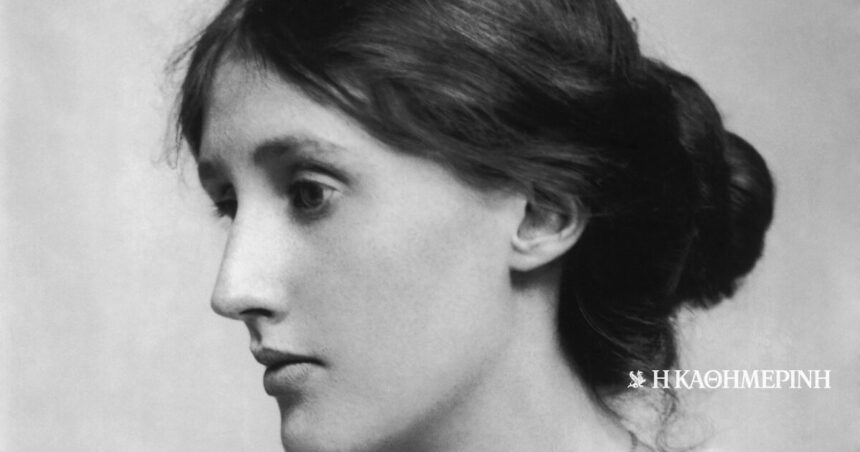OR Anttelain Virginia Steven She was born on January 25, 1882. At an early age, she began the “Hyde Park Gate News” form to record the humorous incidents of her family. However, soon her childhood would cease to be carefree as suffered sexual abuse by her heterosexual brothersGeorge and Gerald Duckworth, for whom she later wrote in her essays. At the age of 13 she also needed to face her mother’s sudden death, a fact that led to her first mental collapse. Two years later, she lost her heterosexual sister.
Despite the difficulties, she studied in the special department for women of King’s College Londonwhere he was initiated into a group of radical feminism. In 1904, young Virginia had another loss. She lost her father from stomach cancer, which led to yet another emotional shock. The following year he began writing professionally as a partner at The Times Literary Supplement.
During this time, Virginia met many members of the Bloomsbury Group, a circle of intellectuals and artist. He was attended by art critic Clave Bell, who married her sister Vanessa, novelist Em Forster, painter Duncan Grand, biographer Liton Strassey, economist John Mienard Keynes and essayist Leonard Wolf. This cycle became famous in 1910, when its members, including Virginia, dressed as a delegation of the kings of Ethiopia and successfully persuaded the English Royal Navy to guide them to the warship “Dreadnought”. After this act, Leonard Wolf and Virginia came closer and eventually got married on August 10, 1912.
A year after the end of World War I, Virginia published her first novelwhich takes place in Edwardian England. In 1922, he met the author and poet Vita Sakville-West, wife of English diplomat Harold Nikolson. Friendship between them would quickly evolve into a romantic relationship. Although this relationship would end, the friendship between them would remain until the end of Virginia’s life.
In addition to short stories and essays, Virginia Woolf visited regular universities, where she was talking about various social issues.
Three years later, Woolf received rave reviews for her fourth novel “Mrs. Dalogue”, in which she highlighted issues related to feminism, sexual orientation and mental illnesses in England of the time. However, it was not limited to writing novels. In addition to short stories and essays, Virginia Woolf visited regular universities, where she was talking about various social issues. A 45 -year -old, he had now established himself as an intellectual and pioneer feminist.
Despite this success, it often suffered from depression and intense mood swings. In the midst of World War IIthe author was increasingly immersed in deeper despair. The couple had decided that in the case of a German invasion, he would commit suicide as Leonard, as a Jew, was at particular risk. Unable to overcome the despair she felt under these circumstances, on March 28, 1941, Virginia Woolf filled the pockets of her coat with stones and entered the Uz River. Authorities pulled her dead body three weeks later.
Curated by: Myrto Katsiera, Vassilis Minakakis, Antigoni-Despina Poumenidou, Athanasios Syroplakis







